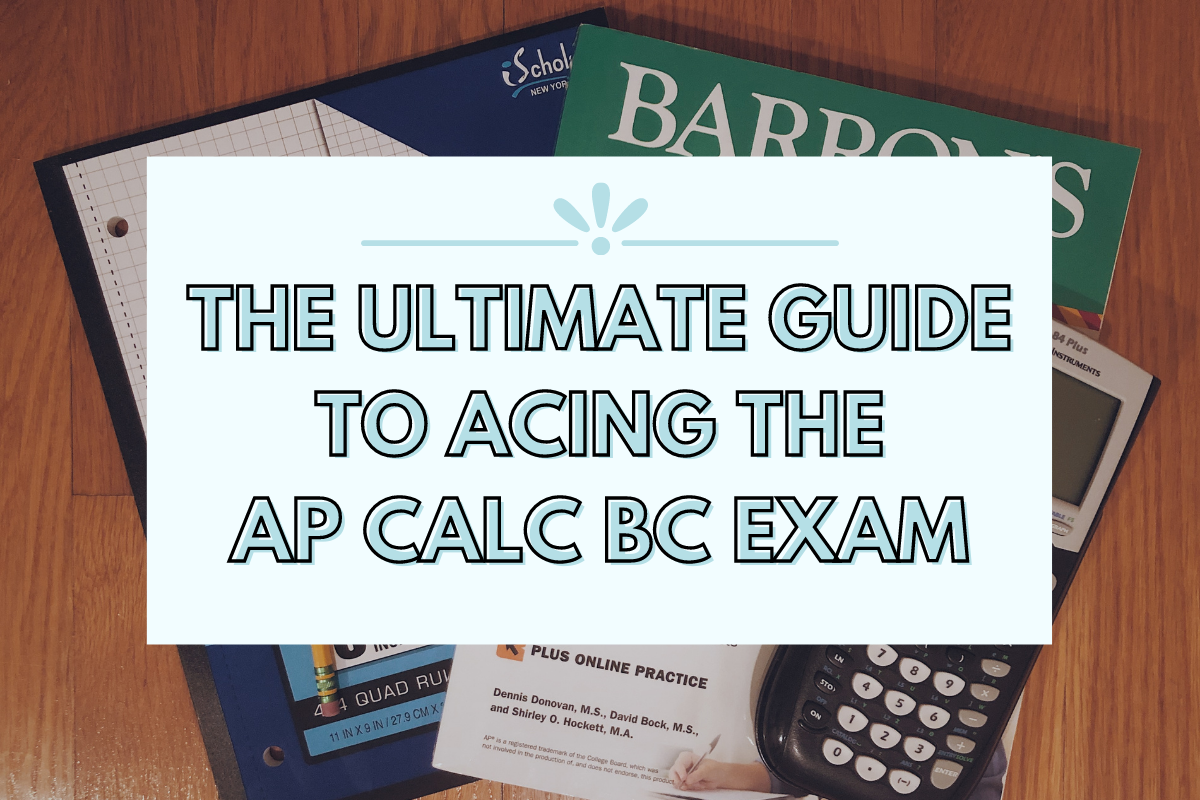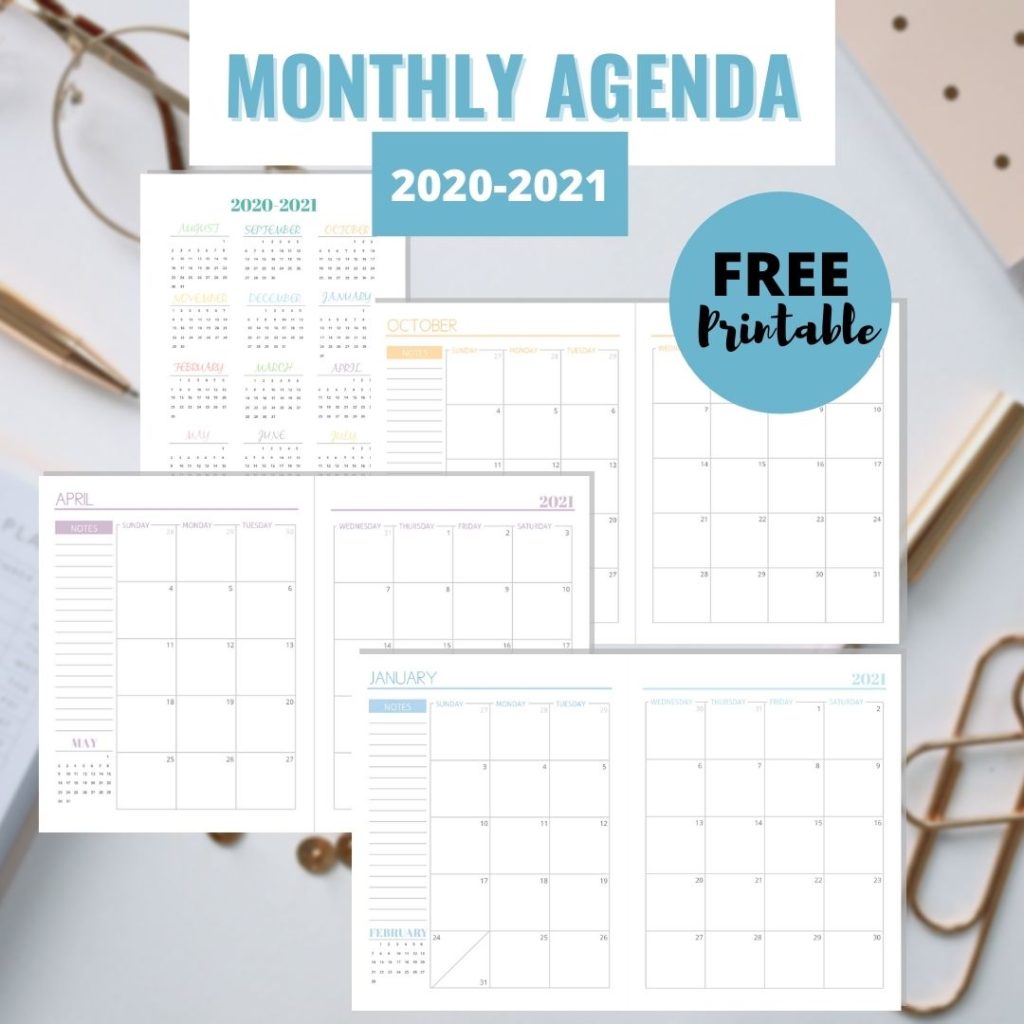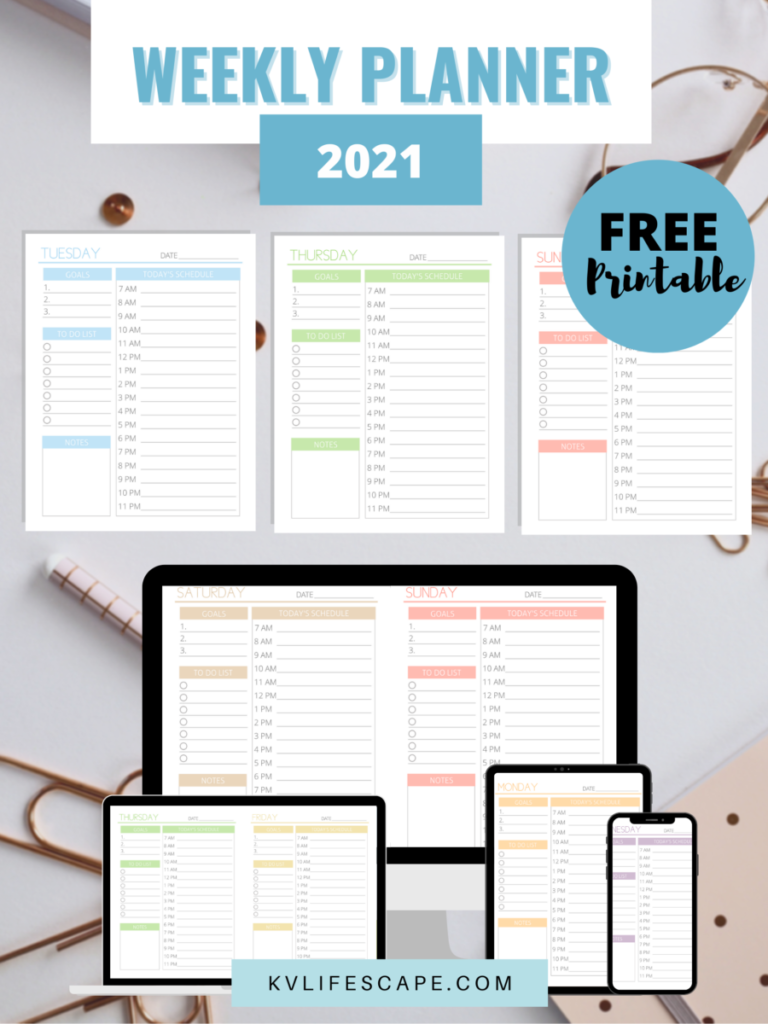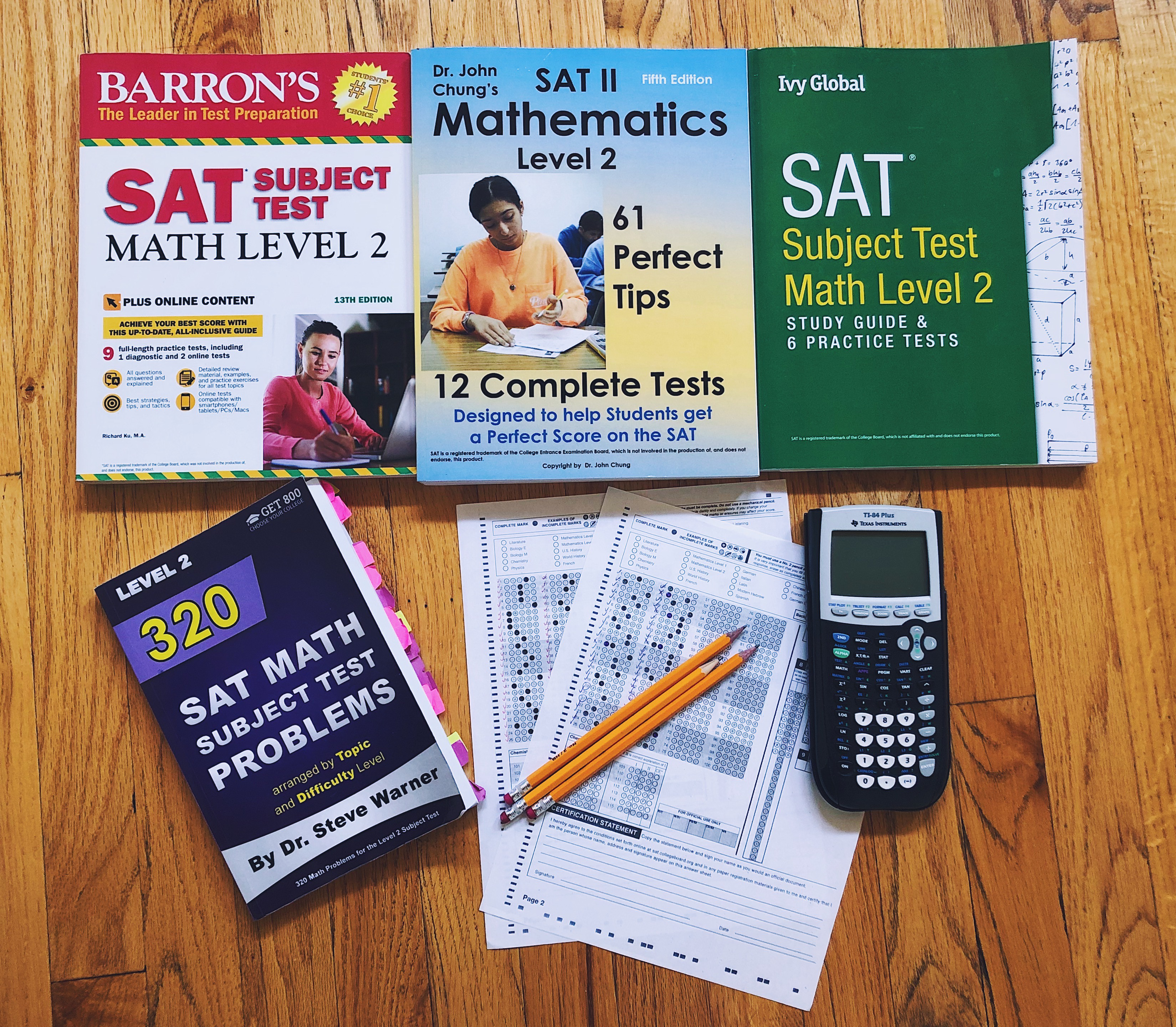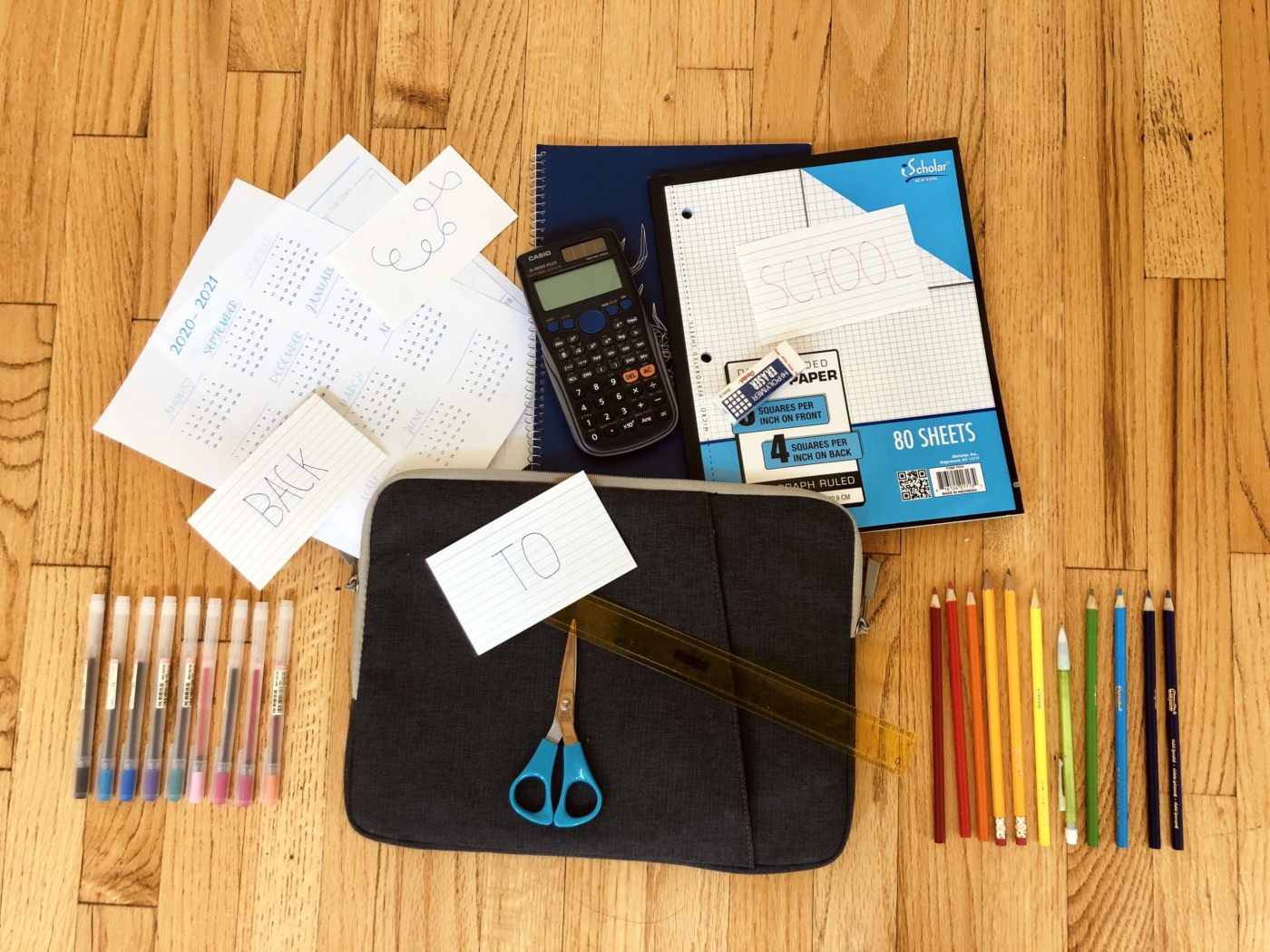Taking the AP Calculus BC Exam this year, but don’t know how you can prepare or where to start? I’ve got you covered. I took the AP Calc BC exam recently and scored a 5, and you can too! In this blog post, I’ll be outlining the essential steps you should take and any important information you need to know before the exam.
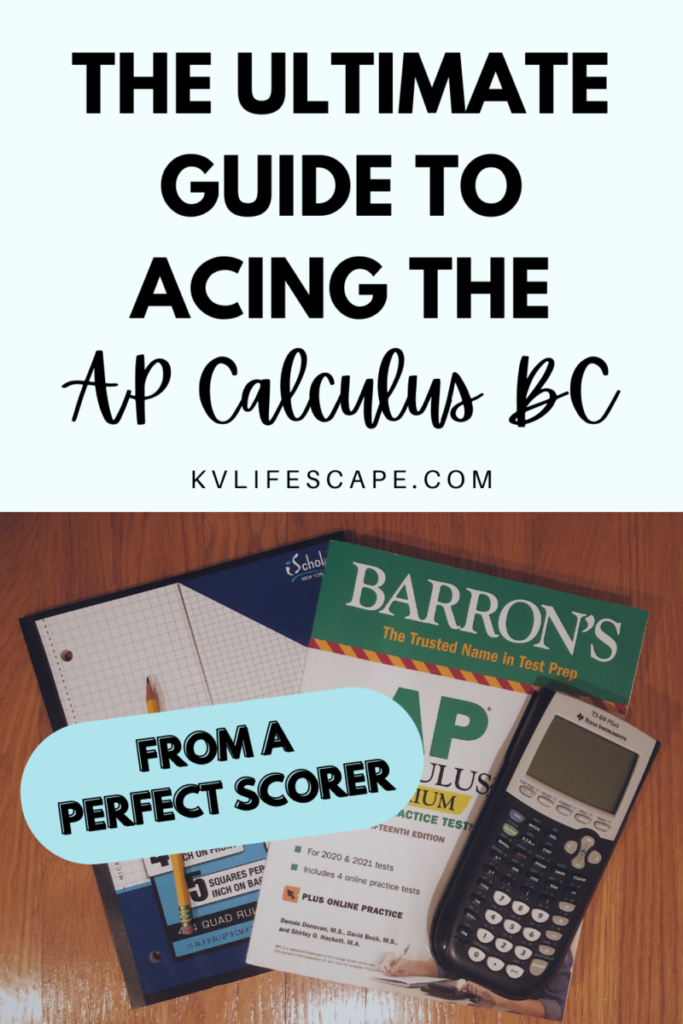
AP Calculus BC Key Facts
You can find the College Board’s AP Calculus BC course and exam description here. The document is quite lengthy, though, so I’ve broken down the main details for you below.
Important Dates
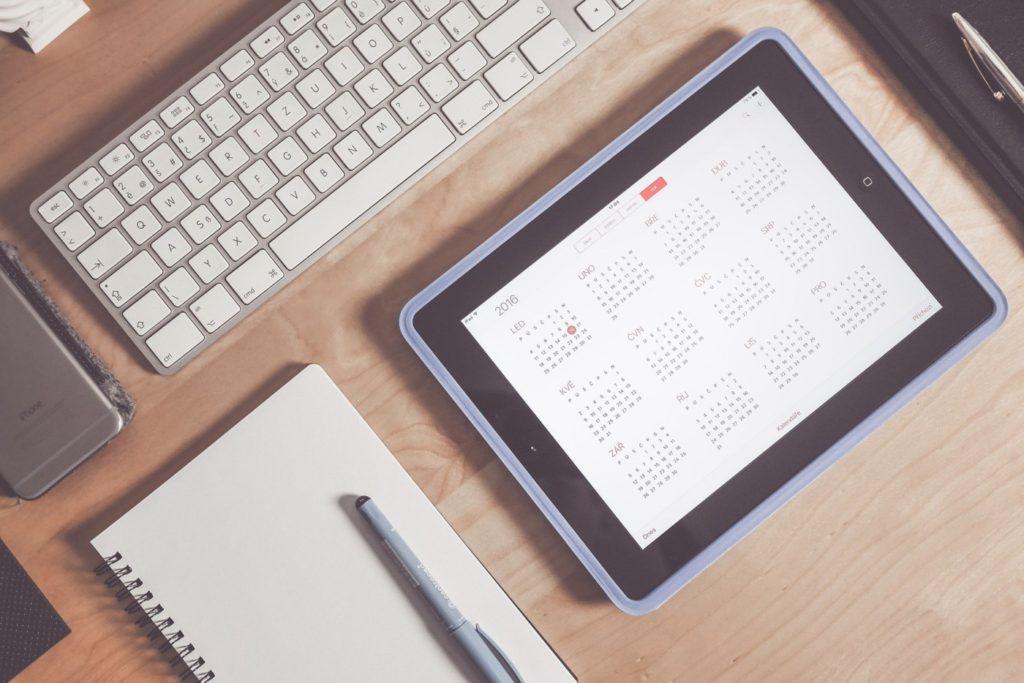
This year you can take the exam on three separate dates: May 4, May 24, and June 9. May 4 and May 24 will be the in-person/paper test dates; June 9 will be the digital (at school or home) date. You should confirm which date you’re taking the exam as this may vary depending on what your school is offering!
This free 2021 monthly spread printable can help you plan out your AP study schedule! I’ve used this to plan out all my major assignments and study sessions ever since the beginning of online school, and it’s been super useful! Download yours here.
Sections of the Exam
The entire exam runs a total of 3 hours and 15 minutes. There are two main sections, Multiple Choice and Free Response, and each is worth 50% of the test.
The Multiple Choice section is 1 hour and 45 minutes with 45 questions. Graphing calculators are allowed for the last 15 questions.
The Free-Response section is 1 hour and 30 minutes with 6 questions, and calculators are allowed for the first 2 questions.
Units Covered
The AP Calc BC exam covers all 10 chapters outlined in the AP Calculus curriculum. You can find more information about the topics covered here.
- Limits and Continuity
- Differentiation: Definition and Fundamental Properties
- Differentiation: Composite, Implicit, and Inverse Functions
- Contextual Applications of Differentiation
- Analytical Applications of Differentiation
- Integration and Accumulation of Change
- Differential Equations
- Applications of Integration
- Parametric Equations, Polar Coordinates, and Vector-Valued Functions
- Infinite Sequences and Series
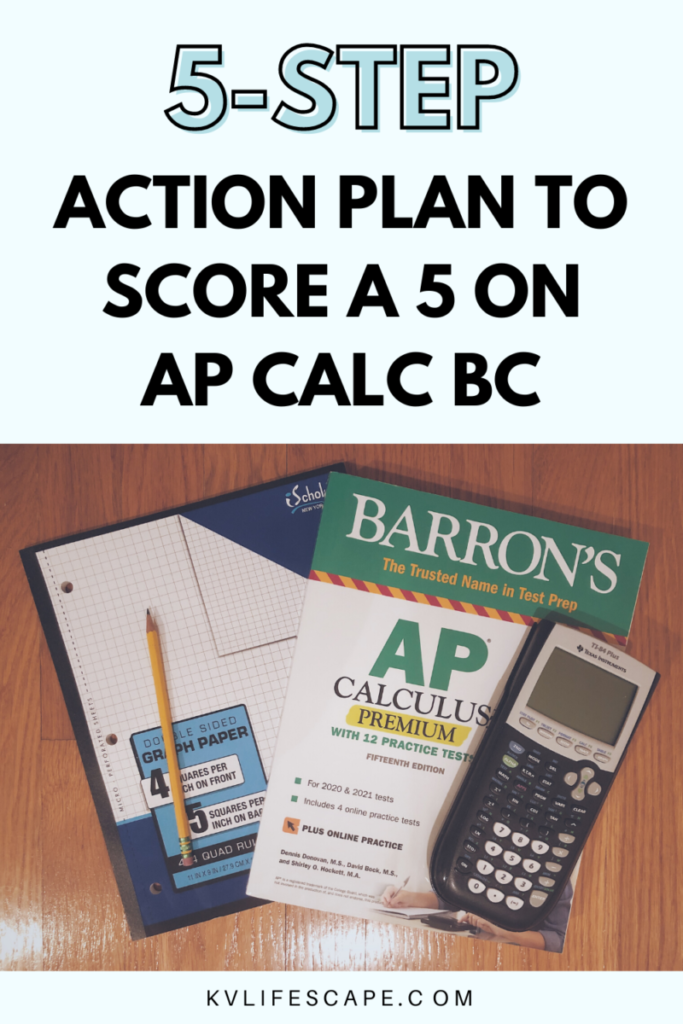
Your 5-Step Action Plan to Score a 5
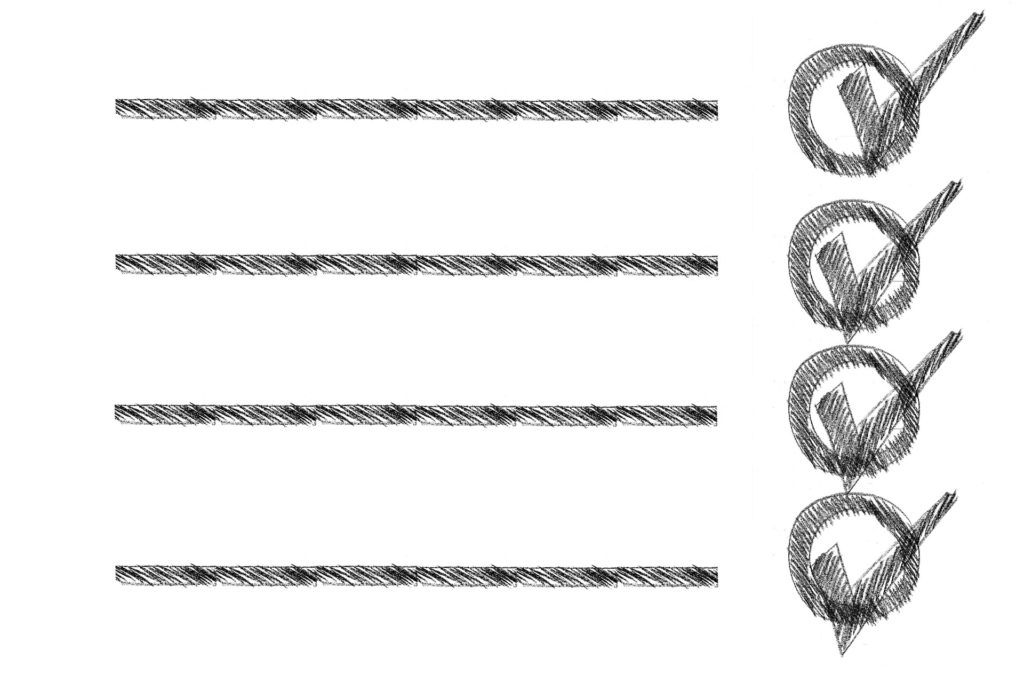
I’ll be going over five things I did to prepare for the exam and score a 5. Following these five steps will help maximize your chances of earning a high score!
1. Memorize the Derivative and Integral Rules
You do not get a formula sheet on the exam, so it’s crucial to memorize these rules!

For derivatives, the three must-know rules would be the chain rule, the product rule, and the quotient rule. You can find all the rules and their explanations here from Math Is Fun.
For integrals, there are a lot more rules and methods you have to memorize. The two ways of solving integrals are integration by parts and integration by substitution. Some problems will also require you to use both of these rules! To read up on what rules you’ll need to know and how to apply them, you can check out this guide from Math Is Fun here.
Keep in mind that it’s not enough to merely memorize these rules/methods! You must practice them plenty of times and be sure to practice these skills with application problems. The AP likes to test your knowledge of derivative and integral applications in the free-response questions.
2. Invest in an AP Calculus Textbook
I recommend investing in an AP Calculus textbook for two reasons: concept reviews and practice tests/problems. These textbooks have entire chapters devoted to each topic that the exam covers and will come in handy for the next step. Textbooks also usually come with plenty of practice tests and problems.
Barron’s AP Calculus Premium (12 Practice Tests)
I used this textbook to supplement what I was learning in my AP Calc BC class. Barron’s is broken down into 12 chapters, with the first ten chapters corresponding to the main topics covered by the exam. Each topic and subtopic had in-depth explanations and plenty of step-by-step examples to help you understand the material. The last two chapters contain practice tests and more practice problems.
In general, Barron’s practice tests are slightly on the more difficult side when compared to the actual test, so don’t worry if you end up scoring lower than you expected! The benefit of this is that it will prepare you for the more challenging problems you sometimes encounter on the actual exam while still preparing you for the more typical questions. The great thing about Barron’s is that there are 12 practice tests, so you definitely won’t run out of practice material!
The Princeton Review AP Calculus BC Prep (4 Practice Tests)
I did not buy this textbook only because it had fewer practice tests, and I felt the 12 practice tests in Barron’s were enough. However, this book does have a good rating on Amazon, so if you want more practice tests or unit explanations, you can check it out as well.
3. Find Your Weaknesses
Finding your weaknesses by just staring at a list of all the exam topics might be difficult, so I would suggest taking a diagnostic test. There are two benefits to doing this: first, you can quickly figure out which topics are your weaknesses, and second, it’s good practice!
About two months before the test, I took a diagnostic test from Barron’s and made sure to mark all the questions I couldn’t solve. Of course, some of them I just hadn’t learned the necessary skills yet. However, for the ones that my teacher had already covered in class, I went through the corresponding chapters in Barron’s or watched videos online (links at the end) to review the material. I then reinforced what I had just learned with some practice problems.
4. Know How to Use Your Graphing Calculator
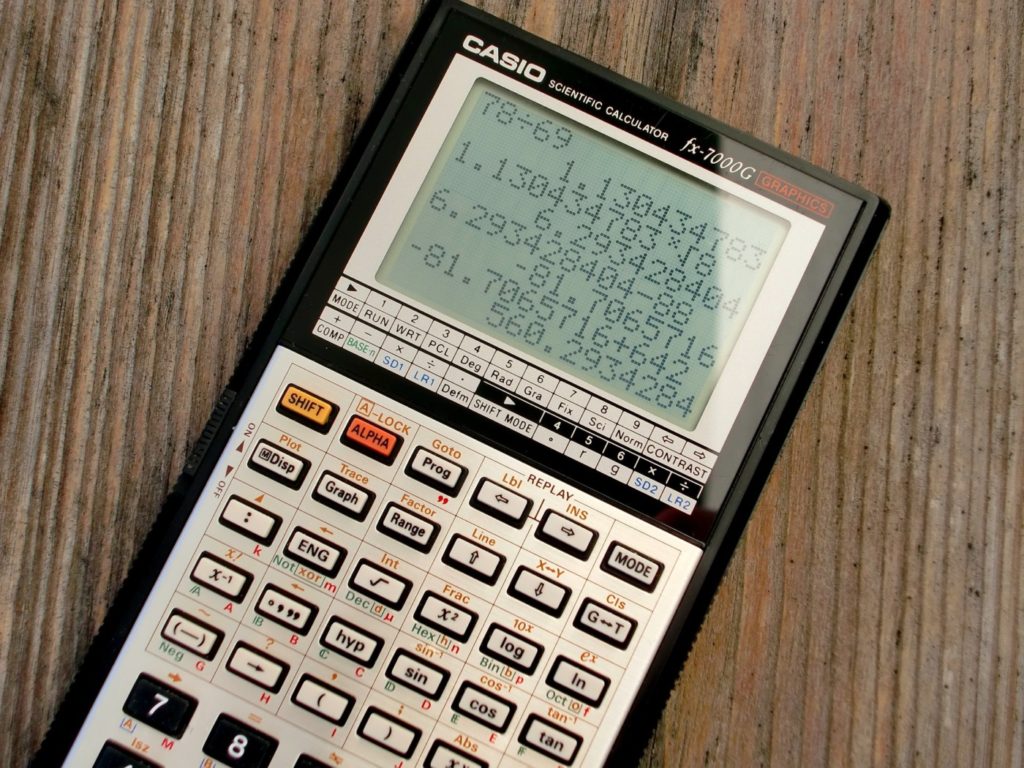
Since two parts of the exam require a graphing calculator, knowing how to use your calculator is crucial. Here are some calculator skills you must know:
- Graphing functions
- Evaluating functions at a certain value
- Solving equations by using the intersection tool
- Calculating the derivative at a certain value
- Evaluating definite integrals
How to do these may vary depending on what type of graphing calculator you have, so if you’re unsure, you may want to check with your teacher or search online for instructions. Make sure to practice these skills with practice problems too!
5. Practice, Practice, Practice!
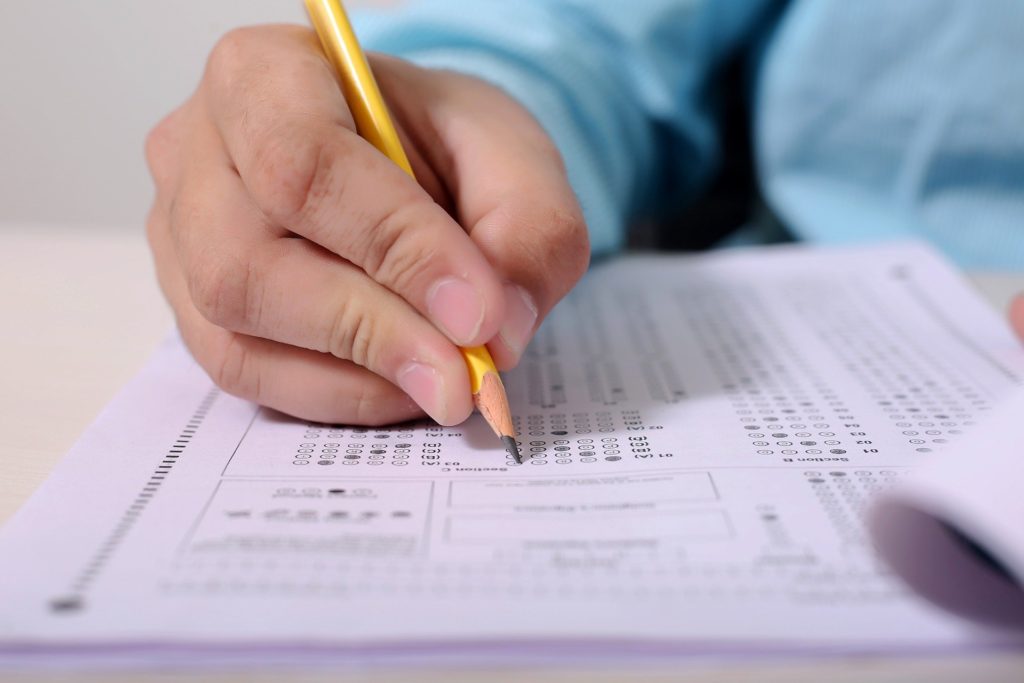
This step is the most crucial in this 5-step action plan. You’ve probably heard it a million times, but there’s a reason for it. With math, there is no shortcut; the only way you’ll know when to use what method and how to apply them is through tons and tons of practice problems.
You’ll want to take at least one practice test before your exam date so that you know what the time constraints are like and how you perform in test conditions. When you take these practice tests, make sure to set aside three and a half hours to have ample time to take the entire test through, sit in a quiet area, and set a timer. This will help you simulate the test day, so your practice test results will be an accurate reflection of your level of readiness. You can correctly determine your weaknesses and proceed from there.
RELATED POST: How to Ace SAT Math 2
Some Free Online Resources
There are plenty of free online resources that you can use to help you prepare for the exam. I’ve listed some of the ones I found most useful:
- Khan Academy is usually my number-one go-to site for all things math. Conveniently, they’ve put together a course specifically to help students prepare for the AP Calc BC exam. Khan Academy also has a “Course challenge” feature that enables you to identify the areas you need to review.
- College Board’s AP Calc BC Youtube Playlist – Last year, due to the outbreak of the Covid-19 pandemic, College Board partnered with AP teachers across the nation to stream sessions on Youtube and provide free resources for AP students everywhere. Mr. Passwater and Mr. Record were the two teachers for AP Calc BC. I watched many of their videos and found them super helpful! They go over the solutions of plenty of free response questions and cover some topics that schools may not have gotten to last spring. Since last year’s exams didn’t include any multiple-choice questions, I would mostly recommend checking out this channel for FRQ practice. The videos are about an hour-long, so feel free to skip around or watch on 2x speed. The teachers created a Dropbox where you can find the practice free-response questions they went over in their videos. The College Board hired Mr. Passwater and Mr. Record, so the FRQs they use in their videos are an accurate representation of the ones you’ll encounter on the actual exam.
- Fiveable covers all ten topics of the AP Calculus BC exam and some practice problems (multiple choice and free response questions). Their material comes in the form of videos, text, and graphics.
- Organic Chemistry Tutor’s Calculus Playlist is another helpful resource. I mostly used his videos for reviewing how to solve specific types of problems. The basis of his videos are example problems, so this can be a great way of testing yourself as well.
*FREEBIE*: Struggling to balance school work while studying for your APs? Get your school work organized with this 2021 weekly planner printable! Download yours here!
Conclusion
Quick Outline of the 5 Step-Action Plan
- Memorize the derivative and integral rules and know how to apply them!
- Invest in an AP Calculus Textbook–great for reviewing information and practice tests.
- Find and eliminate your weaknesses!
- Familiarize yourself with your graphing calculator and seek help if needed.
- PRACTICE!!! Take practice tests, do multiple choice problems and free response questions, and simulate test day.
Remember, if you’ve followed these steps to prepare and eliminated your weaknesses, you will have a good chance of earning that 5! The most important thing you can do is practice! Good luck! You got this 🙂
I would love to hear how your studying is going! Feel free to comment down below or contact me with any questions! I’m here to help!
If you liked this blog post, we would appreciate it if you could share it, so this guide can reach others who need it. Also, check out our other school-related blog posts here! Lastly, don’t forget to subscribe to our blog for more school tips and advice!

If you’re looking for more posts like this, check these out:
